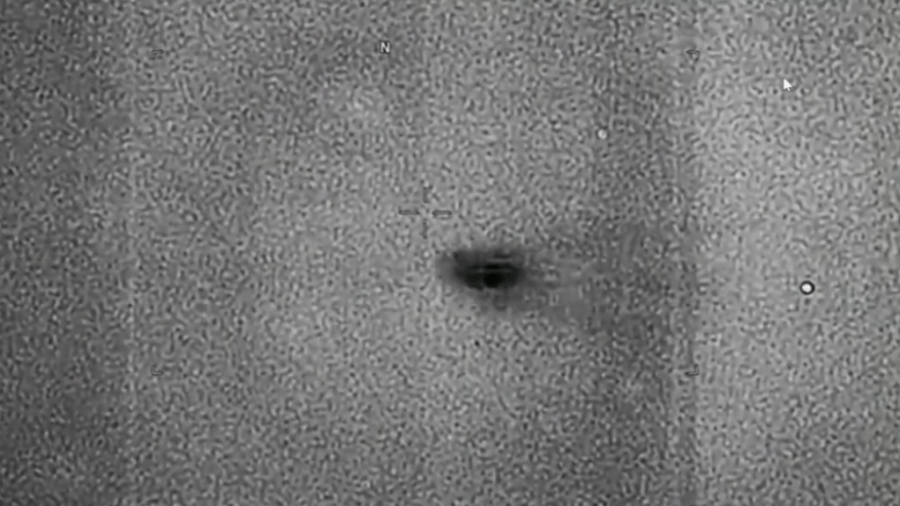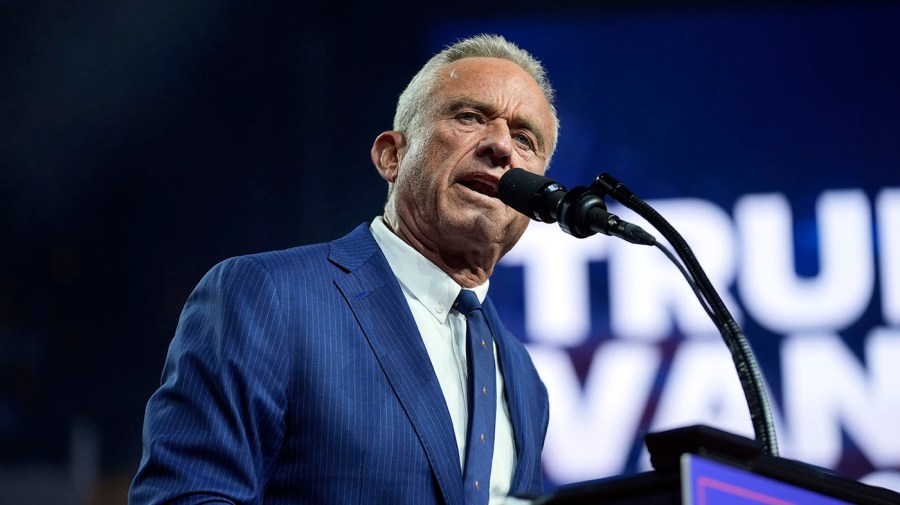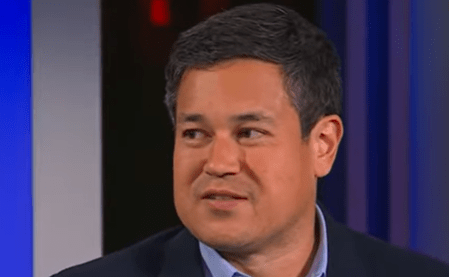
Are UAPs a threat to national security and US airspace?
(NewsNation) — Experts and former military officials who testified before a U.S. House of Representatives committee exploring unidentified anomalous phenomena Wednesday admit that there is a heightened sense of awareness about the possible existence of unidentified technology, which some people fear could be threatening American airspace.
Former Pentagon official Luis Elizondo, retired U.S. Navy Rear Adm. Timothy Gallaudet, independent journalist Michael Shellenberger and former NASA official Michael Gold all testified before the committee. The experts were questioned by committee members on a number of topics surrounding UAPs and what many lawmakers consider a lack of transparency by the federal government on the subject.
What is the Langley AFB Incident?
Security around Joint Base Langley-Eustis in Virginia was increased after a Wall Street Journal report detailed more than a dozen cases of drones flying over the military installation in late 2023.
The report suggested that the cases took place over a 17-day period when unidentified drones flew over the base where F-22 Raptor stealth fighters are based. The report indicated that at this time, it remains unknown whether the drone presence equates to a threat to the nation’s security.
That led committee members to ask experts Wednesday to link the presence of UAPs and military installation sites like Langley.
“There’s definitely enough data out there to suggest that there is certainly some sort of relations between sensitive U.S. military installations and also our nuclear equities and also some of our Department of Energy sites,” Elizondo testified when asked about the 2023 incident. “There is a long historical record … that demonstrates this. This is not a new trend. This has been going on for decades, and this information has been obfuscated, unfortunately, from (lawmakers).
“I think that’s problematic because ultimately, at the end of the day, we have a significant situation here. We have something that can enter into U.S. airspace completely with no attribution.”
Gallaudet said there were other instances of drones over Langley before the Wall Street Journal brought the details of the 2023 activity to light. In addition, he said there is evidence to suggest other incidents took place in and around other U.S. military installations over the past 50 years.
Elizondo added that he believes that while UAPs may be targeting U.S. military installations, it is possible there is also greater technology being used to monitor the presence of UAPs.
He said that there is a program within the Department of Defense and intelligence committee called IPB (Initial Preparations of the Battlespace) and that specific technologies are being used to prepare those locations.
Elizondo added that there is a calculus of capabilities versus the intent of whether something rises to the level of a threat to national security that must be figured out.
“Certainly, if I were wearing my national security hat, even if there were a 2% chance that there was some sort of hostile intent here, that’s 2% higher than we can really accept,” Elizondo told committee members.
Why was the ‘Tic Tac’ video not released?
House committee members also questioned experts about the “Tic Tac” incident that took place in 2004. On Nov. 14 of that year, U.S. Navy aviators were sent to intercept a UAP that resembled the popular breath mint due to its shape and color.
Pentagon officials have since struggled to explain what happened.
When asked why video of the incident was not released, Gallaudet testified he does not believe there is “any good reason” for the Department of Defense to withhold important information and data from Congress. He said that is especially the case when matters of national security are involved.
“I will speculate that they don’t want to share that kind of information because it reveals weaknesses in our ability to monitor and protect our airspace,” Gallaudet said.
Gallaudet testified Wednesday that earlier this year, he met with the Department of Defense’s All-domain Anomaly Resolution Office in what he said turned out to be an hourslong influence operation on the retired U.S. Navy rear admiral.
Gallaudet said the committee attempted to convince him of the validity of the “very flawed and error-ridden” historical records report. The group also attempted, he said, to have the former Navy officer question incidents like “Tic Tac” and to get him to admit “Tic Tac” was American technology.
What are the threats UAPs could pose?
As the House committee exploring UAP continues to push for transparency and answers, the biggest question surrounding the phenomena is what kind of threat they pose to national security and if foreign countries could be behind them.
Gallaudet said during his testimony that he believes Wednesday’s hearing should be used as a catalyst “to improve and bolster” the country’s air defense capabilities as well as its maritime awareness capabilities.
He said that between 2020 and 2022, a government task force that investigated UAPs in the Department of Defense was active, but it is now inactive. During their testimony, the group of experts all called for more whole-of-government efforts that could provide answers about the origins of UAPs and the threat they may pose to national security.
“Obviously, there’s holes in it,” Gallaudet said. “Whether it be UAP of nonhuman (intelligence) direction or China or any other adversary.”



